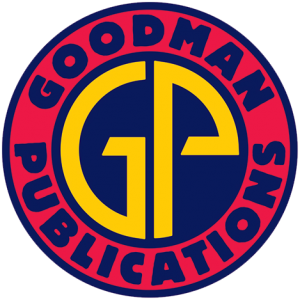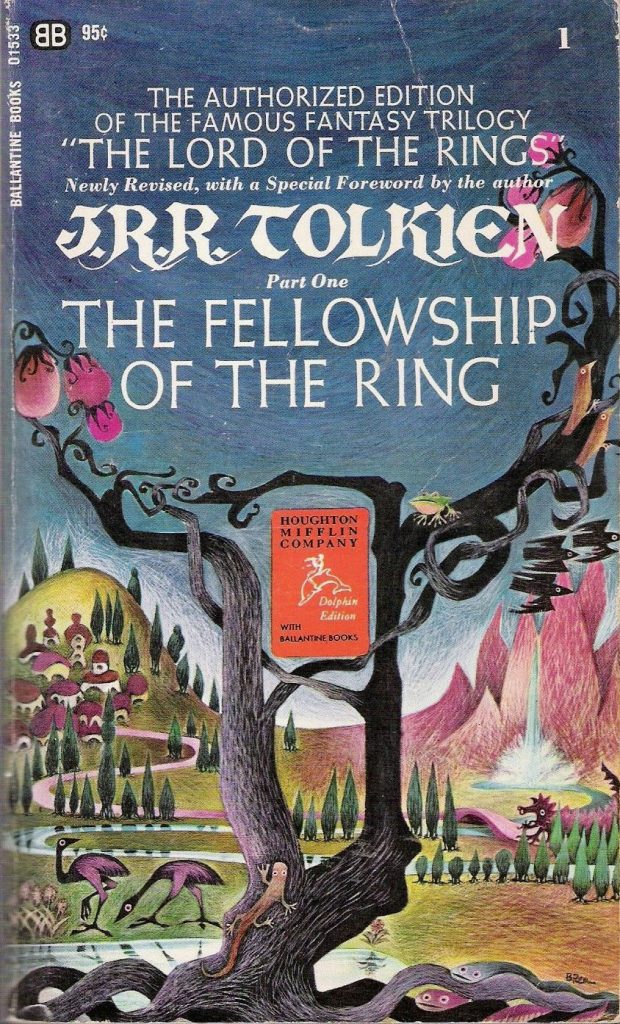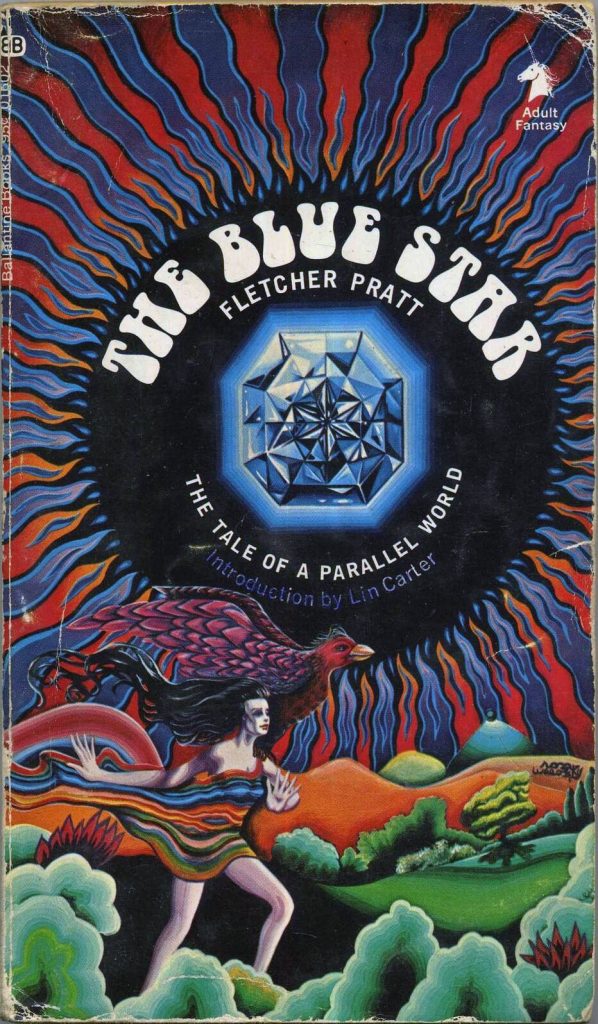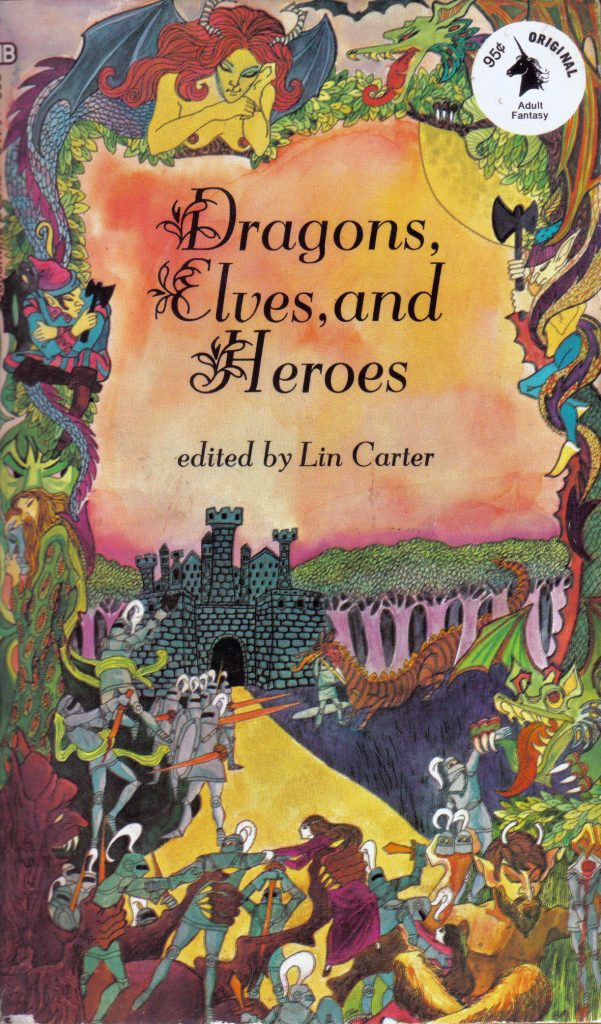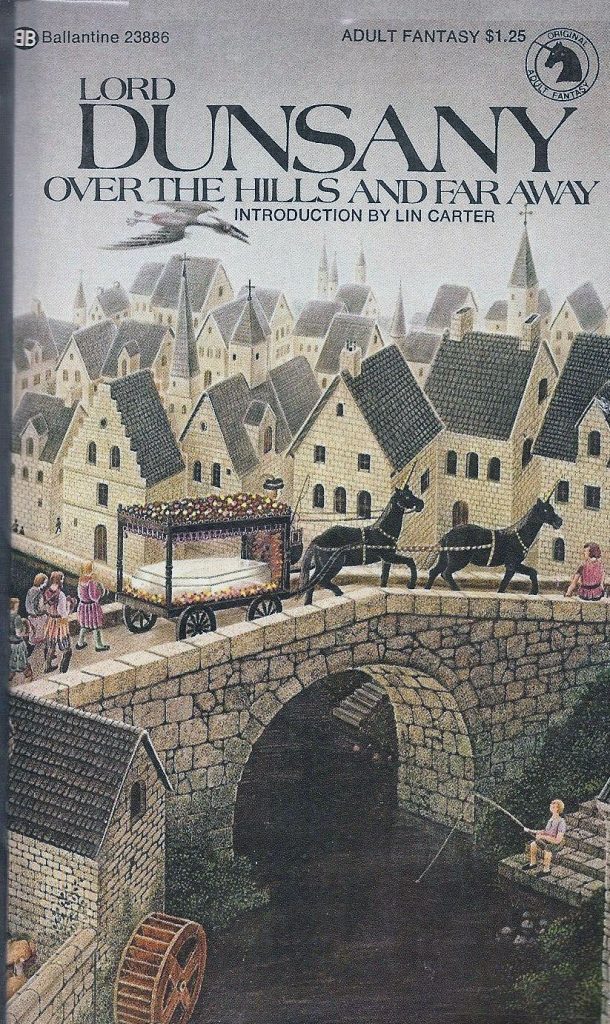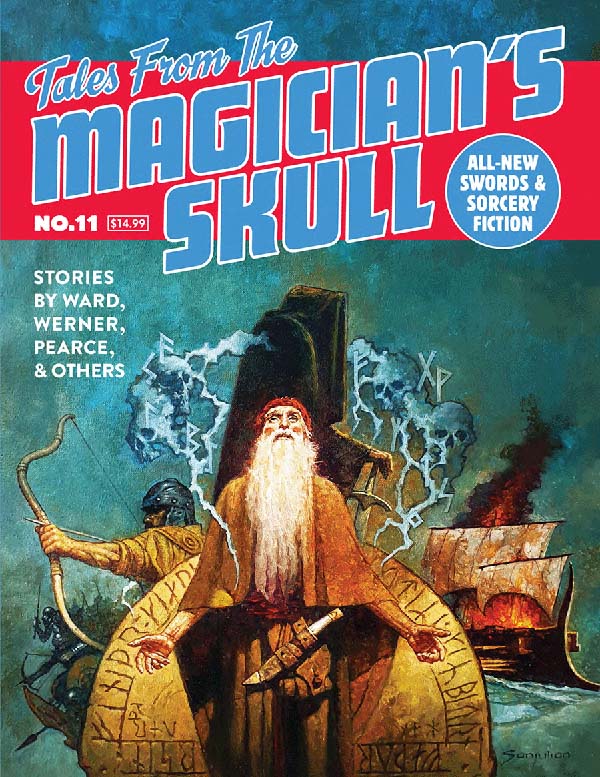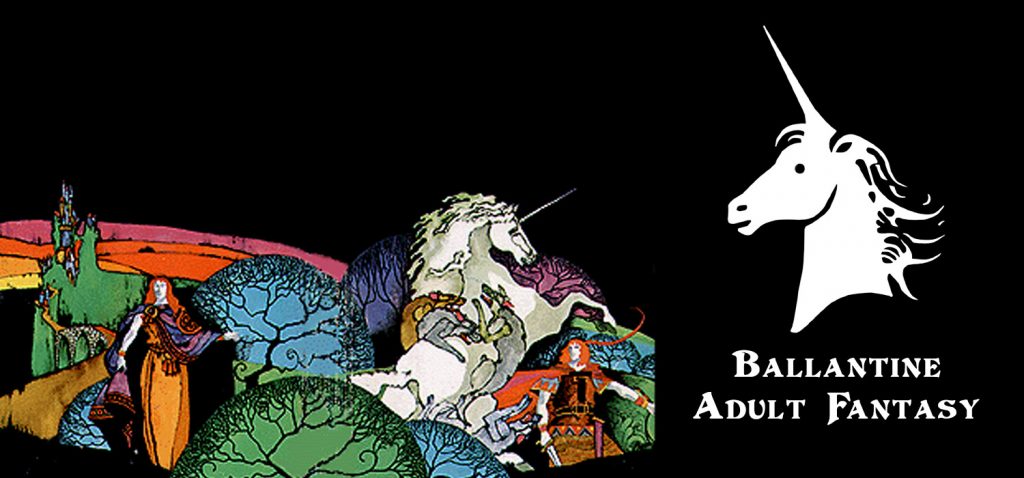
Our Appendix N Archaeology and Adventures in Fiction series are meant to take a look at the writers and creators behind the genre(s) that helped to forge not only our favorite hobby but our lives. We invite you to explore the entirety of the series on our Adventures In Fiction home page.
Appendix N Archaeology: The Ballantine Adult Fantasy Series
by Michael Curtis
More than a decade before Gary Gygax assembled his list of influential fantasy authors and titles—the famed “Appendix N” which appeared in the Dungeon Masters Guide published in 1979—another author was hard at work compiling a list of fantasy stories to introduce to the reading public. Both catalogs would include some of the same authors on their rolls, and it is safe to say that without the first list, Gary Gygax may never have discovered some of the names that helped influence fantasy role-playing. In the spirit of Goodman Games’ ongoing efforts to return to the roots of the hobby, we now go one step further to explore the fertile landscape from which those roots drew nourishment.
This earlier catalog was the Ballantine Adult Fantasy Series. Edited by Lin Carter, an esteemed author of science fiction and fantasy in his own right, this literary series was comprised of more than sixty titles released between 1969 and 1974 by Ballantine Books. It brought to light both new authors and revived older works from the dustbin of history, exposing fantasy fiction to new audiences in both the United States and abroad. But before examining the works comprising the Ballantine Adult Fantasy Series, a little background history must be explored.
In the mid-1960s, J.R.R. Tolkien’s The Lord of the Rings appeared in paperback form in the United States, thanks to the somewhat dubious business practices of Ace Books. Tolkien had long resisted seeing his masterpiece printed in softcover, feeling it cheapened its literary importance. However, a loophole in US copyright law ostensibly meant the book was in the public domain in America and Ace Books produced an unauthorized paperback run of the trilogy. Tolkien was obviously upset and appealed to the fans of the story, whose efforts eventually forced Ace Books to cease publication of the books. However, the demand for Tolkien’s work in paperback was clearly there and he acquiesced to the desires of the marketplace, authorizing Ballantine Books to publish The Lord of the Rings in the US.
This introduction of an inexpensive paperback version revealed a hitherto untapped market for fantasy fiction and Ballantine Books immediately sought to cater to that market. Having already dipped their toes into the science fiction market by publishing such authors as Jack Vance, Arthur C. Clarke, and Theodore Sturgeon, the jump to fantasy fiction wasn’t much of a leap. Ballantine began printing other fantasy novels in 1967, starting with E.R. Eddison’s The Worm Ouroboros. Over the next two years, Ballantine produced a number of novels including Gormenghast, The Last Unicorn, Farmer Giles of Ham, and Tolkien: A Look Behind “The Lord of the Rings,” written by Lin Carter. Many of these early works were reprints of older novels, with exceptions to the works of Tolkien, Peter S. Beagle, and Lin Carter.
Sales were brisk and clearly warranted printing more fantasy works, but Ballantine Books was uncertain as to which authors were likely to be profitable. Luckily, their recent association with Lin Carter and his book on Tolkien introduced them to someone with both a broad knowledge of the fantasy genre and an interest in growing it. An agreement was struck with Carter, making him editor of the publishing company’s new line, the Ballantine Adult Fantasy Series. According to Carter’s contract, he would choose works to be included in the line with Betty Ballantine, co-owner of Ballantine Books, having the final say as to which novels went to print.
The first official Ballantine Adult Fantasy title was The Blue Star by Fletcher Pratt, first released in 1952, but debuting under the new line in May of 1969. To differentiate the series, the familiar Ballantine Books back-to-back “B” logo on the cover was replaced by a unicorn’s head, a colophon that is still looked for by collectors even today. Astute gamers will have already noticed that this novel is mentioned by name in Appendix N, making it the first shared author between the two lists.
Carter writes in his introduction to The Blue Star that the Ballantine Adult Fantasy series was intended to bring back out-of-print works and introduce them to a new audience of readers with mature tastes. It was a mission statement that the line admirably pursued during its entire run, helping to rescue fantasy fiction from being dismissed as work suitable only for children and by making it more—albeit not entirely—acceptable to adult readers.
The Blue Star was followed by sixty-four other books over the next five years, consisting of works written by almost thirty different authors. Carter also edited a number of short story anthologies for the line featuring works by other authors, further introducing talents both newly forged and long forgotten to an expanding audience. While a complete list of Adult Fantasy Series titles would stretch this supposedly short article well past its word count, you can find the entire run of titles collected over at Wikipedia.
The authors included in the Adult Fantasy Series list are impressive and many are familiar today thanks to Carter and Ballantine’s efforts. Names like Lord Dunsany, H.P. Lovecraft, Clark Ashton Smith, Poul Anderson, William Morris, L. Sprague de Camp, H. Rider Haggard, Arthur Machen, and William Hope Hodgson were all selected by Carter as worthy authors whose work needed to be revived. All totaled, six authors (seven if we count Tolkien who predated the Ballantine Series) from Adult Fantasy made their way onto Gygax’s Appendix N. This may seem like a small percentage given Appendix N is comprised of twenty-nine authors, but considering many of those authors were either still in print (Leiber and Moorcock, for example) or known predominantly for their science fiction work (Weinbaum, Lanier, Brown, Brackett, and even Vance) and not likely candidates for the Ballantine series, the overlap can’t be dismissed as trivial.
The books themselves are physical objects that warrant mentioning. Not only were the stories entertaining forays into the fantastic, but Ballantine’s publishing efforts were top notch. One can still find copies of the series’ titles in second-hand stores in fantastic condition considering their paperback nature. The line’s covers are just as enthralling as the stories: most of the cover art was the work of Gervasio Gallardo, but Bob LoGrippo also contributed to the line, his work adorning the covers of titles by Arthur Machen and William Hope Hodgson.
Many of the titles appearing in the Adult Fantasy Series are now readily available to fans of genre fiction. Even the shelves of Barnes & Noble, which carry largely popular, mainstream titles, are now home to Lovecraft, for example, and the works of Lord Dunsany, Arthur Machen, William Hope Hodgson, Clark Ashton Smith, and Poul Anderson have been anthologized and reprinted ad infinitum. Yet there are still books from the Ballantine series worth tracking down.
Fans of Appendix N will find hidden gems in the Ballantine series’ anthologies, titles such as Dragons, Elves, and Heroes; Golden Cities, Far; New Worlds for Old; and Discoveries in Fantasy. Each of these short story collections features either work which serves as the foundations for modern fantasy, such as excerpts from Beowulf, the Kalevala, Le Morte d’Arthur, and The Faerie Queene or stories by undiscovered authors like Donald Corley and Richard Garnett. Consider them the textbooks for a master’s degree in fantasy literature or the secret key to acquiring hipster knowledge of the genre, depending on how insufferable you feel like being.
The Ballantine Adult Fantasy Series came to an end in 1974, publishing Over the Hills and Far Away by Lord Dunsany as its final official title bearing the series’ unicorn head logo. However, two later titles were unofficial releases lacking the unicorn head colophon: Merlin’s Ring, by Howard Munn, and Prince of Annwn by Evangeline Walton. Prince of Annwn brings to a close a four-part series begun under Carter’s stewardship.
The exact reason for the Adult Fantasy Series’ end might never be known, but we can speculate. Declining sales for some titles probably played a role despite the high popularity and the multiple reprinting of other works in the series. Ballantine Books was also purchased by Random House in 1973 and corporate business plans under the new ownership likely helped spell the line’s demise.
The Adult Fantasy Series titles remain popular with collectors—this author included—but the relatively large print runs mean that many of the books remain available at modest prices on the secondary market. The more popular titles, such as those by Clark Ashton Smith and H.P. Lovecraft demand high prices, however, so completists should be taken that into account before embarking on their collection efforts. While gamers young and old know of Appendix N, far fewer are aware of the Ballantine Adult Fantasy Series and its role in bringing some of the Appendix N authors’ works to prominence during the fantasy boom of the 1960s and 1970s. Without the Adult Fantasy Series, we might have never had an Appendix N to base fantasy role-playing on and the line should not be overlooked. Once you’ve completed your Appendix N reading assignments, it’s time to hit the online auction sites and brick-and-mortar second-hand bookstores and seek some Adult Fantasy titles. Your fantasy education—and your role-playing games—will be vastly improved by doing so.
